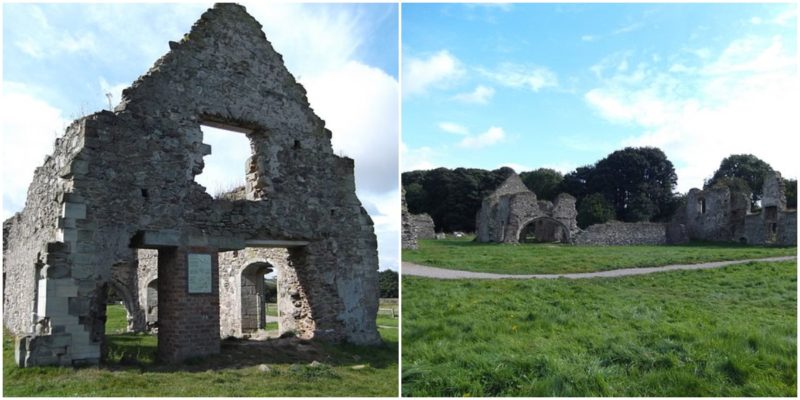There are a lot of ruins around the world which attract many curious visitors primarily because of the mystical beauty that they radiate. But sometimes such forgotten ruins, especially from the medieval period, attract visitors because it is believed by many that they are haunted.
Probably ghosts and fantastic creatures live only in the people’s imagination, but despite that, stories about lost souls wandering among abandoned and derelict buildings are always interesting to hear. The haunting remains of Grace Dieu Priory, placed near the village of Thringstone in Leicestershire, central England, more or less possesses the above-mentioned attributes.
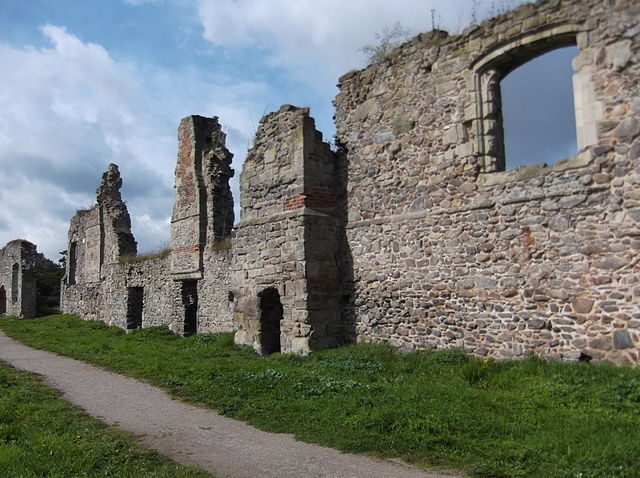
The story of the priory begins in the 13th century. It was founded by Lady Rohese (Rose) de Verdon around 1235 to 1241 as a small nunnery for 14 Augustinian nuns and their prioress. As the daughter and only heir of Sir Nicholas de Verdon of Alton, she had inherited a large amount of land after his death in 1231. She gave to the priory “all my manor of Belton… the park, warren and mills and with the Manor of Kirby in Kesteven,” from which it could draw an income.
After her death in 1247, she was buried in the priory chapel. Later her tomb was transferred to the nearby parish church of Belton, where it can be still seen. At the beginning of the 14th century, John Comyn, Lord of Whitwick, gave more than 100 acres of deforested land to the priory’s property. According historic records, there were 16 nuns resident in the priory in 1377. There was also a hospital for the poor with 12 beds.
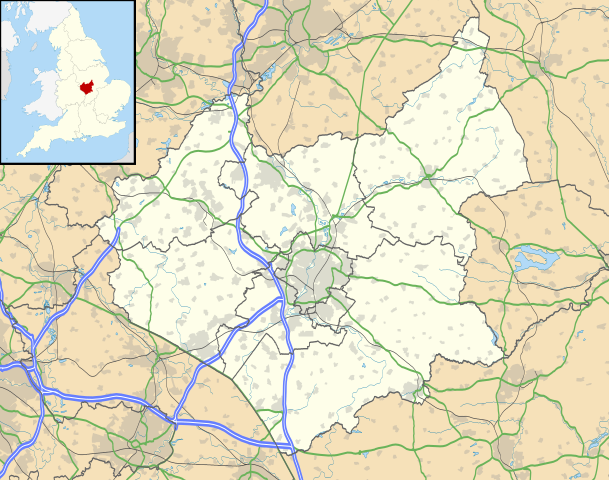
The nuns at Grace Dieu followed strict rules. They lived isolated from civilization — leaving the walls of the priory was forbidden. They called themselves the “White Nuns of St. Augustine” because they chose to wear white outfits, as opposed of the traditional black habits worn by most Augustinian nuns. Monastic life at the site lasted until 1538, when the priory was closed during the Dissolution of the Monasteries. The man appointed “to take the ecclesiastical survey of the County,” John Beaumont, bought the property in 1539 at the price tag he himself had placed on it.
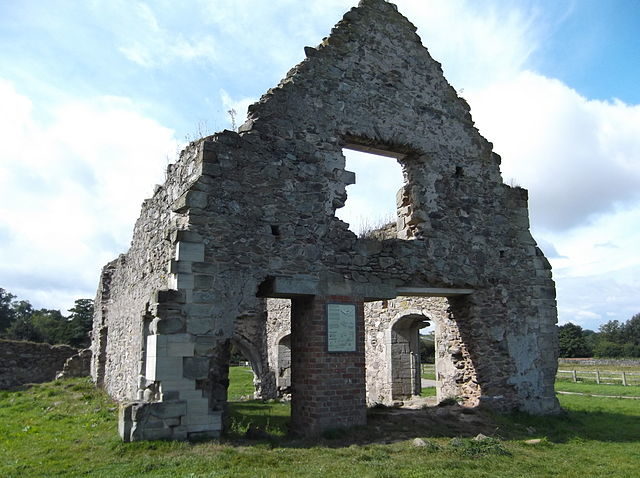
Soon most of the buildings of the former priory were reconstructed in Tudor architectural style and became his country house. Beaumont gained the trusted positions of receiver-general in 1945 and Master of the Rolls for the High Court in 1950.
When it came to light that he was guilty of creative accounting for personal gain, he was striped of his lands by the king. Grace Dieu was granted to the Earl of Huntingdon, but Beaumont’s widow regained possession in 1547. It remained under ownership of the Beaumont family until until 1690, when it was sold to Sir Ambrose Phillips of Garendon.
In 1696 he knocked down a great part of the manor buildings, including the old priory church. But whatever he might have had planned in it’s place never happened as Phillips died in 1706. His heir had no interest in Grace Dieu and so the badly damaged buildings went into a process of slow decay. Some human activities remained around the site, but most of them of agricultural. The ruins throughout the years became a place of adoration for many poets and artists.
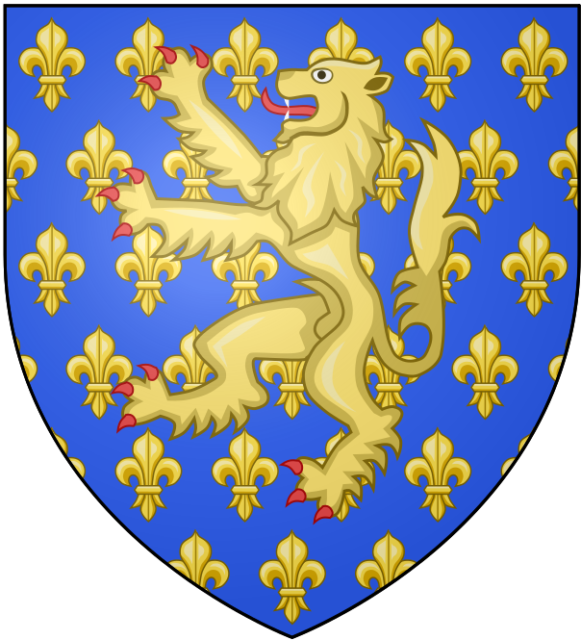
The most magnificent structure among the ruins today is the chapter house, with its well built stone arch entrance. A few fireplaces from the Tudor house are also still standing. Several restoration and preservation works have been ubdertaken by the Grace Deiu Priory Trust, but it seems that more has to be done in order to save this majestic ruin for future generations. Recently, near the railway, the remains of what is believed to be parts of the infirmary and the guest house were discovered. The site is a tourist attraction and it is open for guided visits. Ghost tours are also often organized.
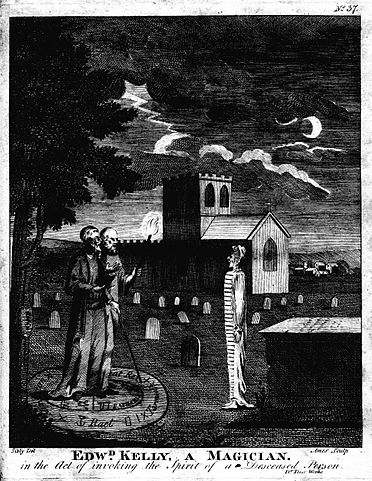
The proiry is nestled in a valley next to Charnwood Forest and edged in its lowest parts by the small Grace Dieu brook. West of the ruins is an ancient standing stone, which suggests that the location was a pagan place of worship long before the construction of the priory. The Grace Dieu ruins are reputedly one of the most haunted locations in the county of Leicestershire. Interestingly, many believe that the site is haunted by multiple female ghosts dressed in white (but also sometimes in grey) and a few believe that the “White Lady” is the same ghost. However, throughout the years numerous paranormal activities have been reported at the site.
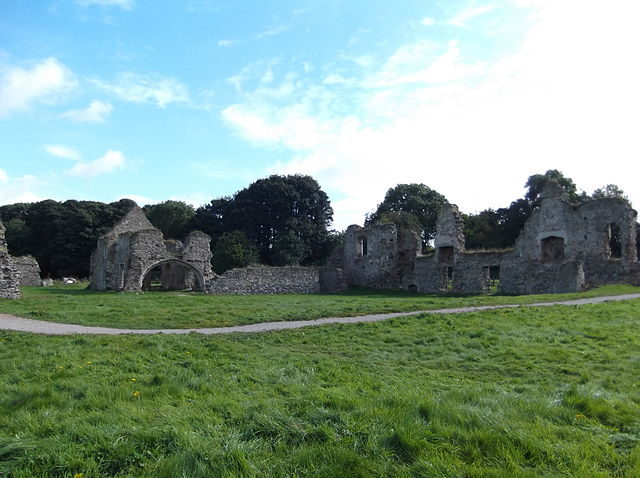
In the last hundred years, at least one cart, one bus, and one car were stopped by a white figure/s that were crossing the road. When the drivers slowed down to ask if a ride is needed, the figure/s simply vanished. A policeman also spotted a woman dressed in a grey hood crossing the road and an employee at the ruins said that he saw the shadow of woman standing behind him and felt someone push him strongly, but when he turned around there was nobody and the shadow was gone. And according one tragic story, in the 16th century a prioress had an illegitimate child.
When the baby was discovered it was drowned by the nuns in the nearby fishpond and the prioress was walled up inside the priory as a punishment. Some believe that her ghost still wanders around in search for her baby. Others believe that the soul of Lady Rohese was disturbed when she was moved from her resting place. Many sightings of a ghostly “White Lady” that has no feet, face or hands that floats around the ruins have been reported. Is this her soul looking for her lost peace?
